
5 min read
WLLW's Guide to Mineral Paints
WLLW explores the category of mineral paints, and tests four that meet our requirements for creating healthy and sustainable interior spaces.
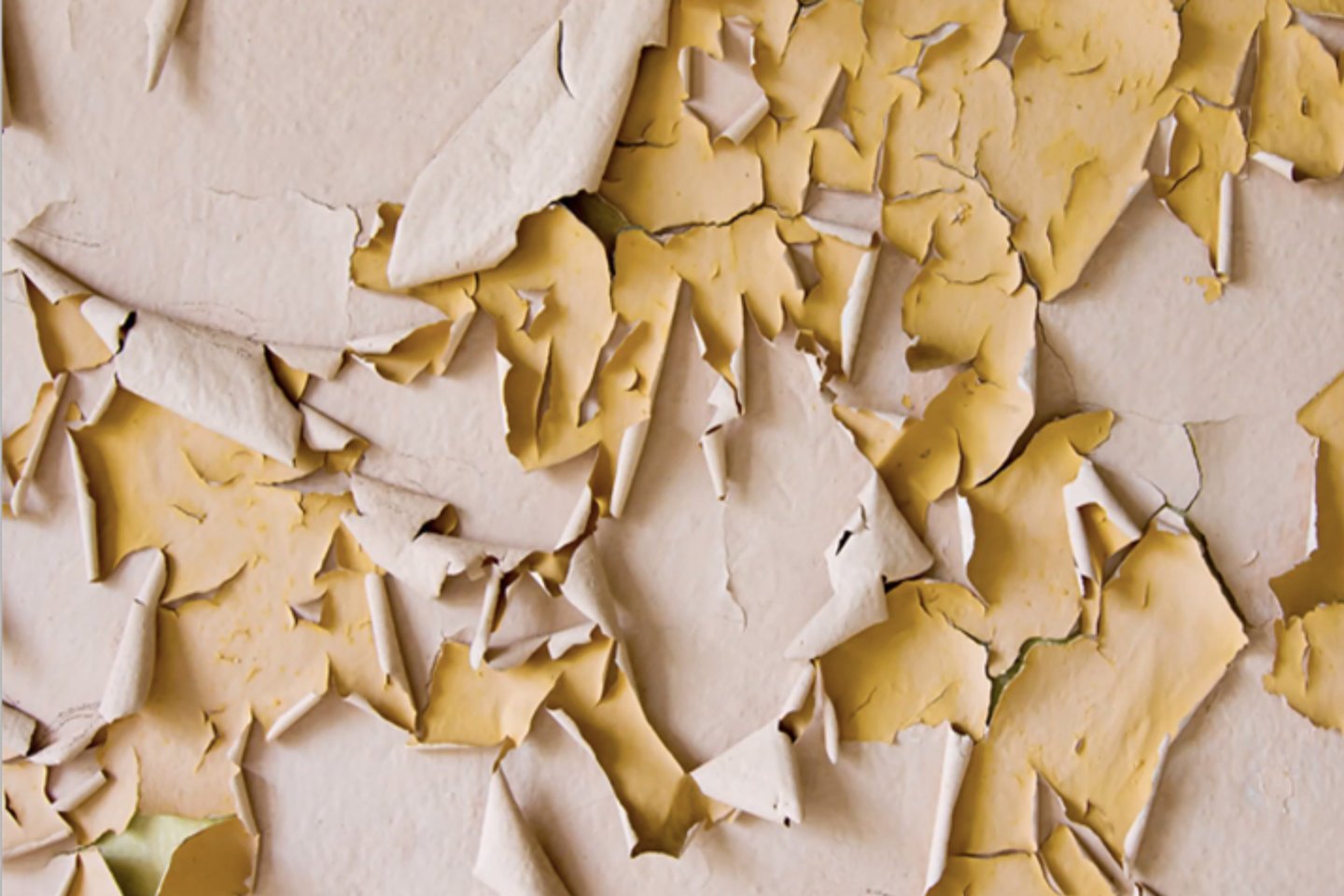
5 min read
Many paints can be hazardous both to human health and the environment. Here’s how to find a safe alternative.
Nothing can transform a room quite like a new coat of paint, but when it comes to choosing one, many people zero in on one factor: color. Not much thought is given to what the paint we use is made from, even though it will surround us every day.
The truth is that most conventional paints are made from non-renewable fossil fuels and contain chemicals that are toxic and deeply harmful to both human health, ecosystems and the wider environment. But thanks to a growing number of brands, manufacturers and paint chemists on a mission to transform the industry, healthier and less damaging natural paints are taking an ever-growing market share. Before you refresh your walls, here’s what you need to know.


Modern paints, including those household brands we love, usually contain around 40 percent plastic. Most conventional paint also contains added microbeads. According to research by Parsons Healthy Materials Lab, particles of paint abraded from coated surfaces or in the form of disposed paint, account for 58 percent of the microplastics that end up in the world’s watercourses and oceans each year, outweighing textile fibers and tire dust.
Responsible for untold ecological damage, microplastics do not biodegrade and can pass through sewage treatment works. They accumulate on land and sea and have been found in a startling 60 percent of fish studied globally. There is also increasing evidence that these small particles can circulate throughout our bodies, damaging human tissues and organs.
Thousands of health-compromising chemical compounds – ranging from heavy metals, carcinogens, endocrine disruptors and mutagens, to reproductive toxins – are often used in conventional paint. Many of these chemicals also give off harmful Volatile Organic Compounds (VOCs). These compounds have a high vapor pressure at room temperature, and a low boiling point, passing molecules into the surrounding air through a process known as ‘off-gassing’.
Emma Pugliares, the marketing director at non-toxic paint supplier ECOS, explains that the three most common chemicals found in mainstream paints, which give off harmful VOCs are benzene, toluene, and formaldehyde. Interestingly, dark paint colors have a higher concentration of these chemicals than lighter hues. This is because dark colors require more tint, aka more chemicals.
Extensive studies have been published into the negative effects of some VOCs, with symptoms ranging from headaches and dizziness in the short-term through to an increase in the risk of certain types of cancer when exposed to them long-term. According to The U.S. Environmental Protection Agency, these chemicals can hang around in the air awhile too; it’s not just during the painting process that exposure happens. Indoor vapor emissions from paint can off-gas for up to six months.

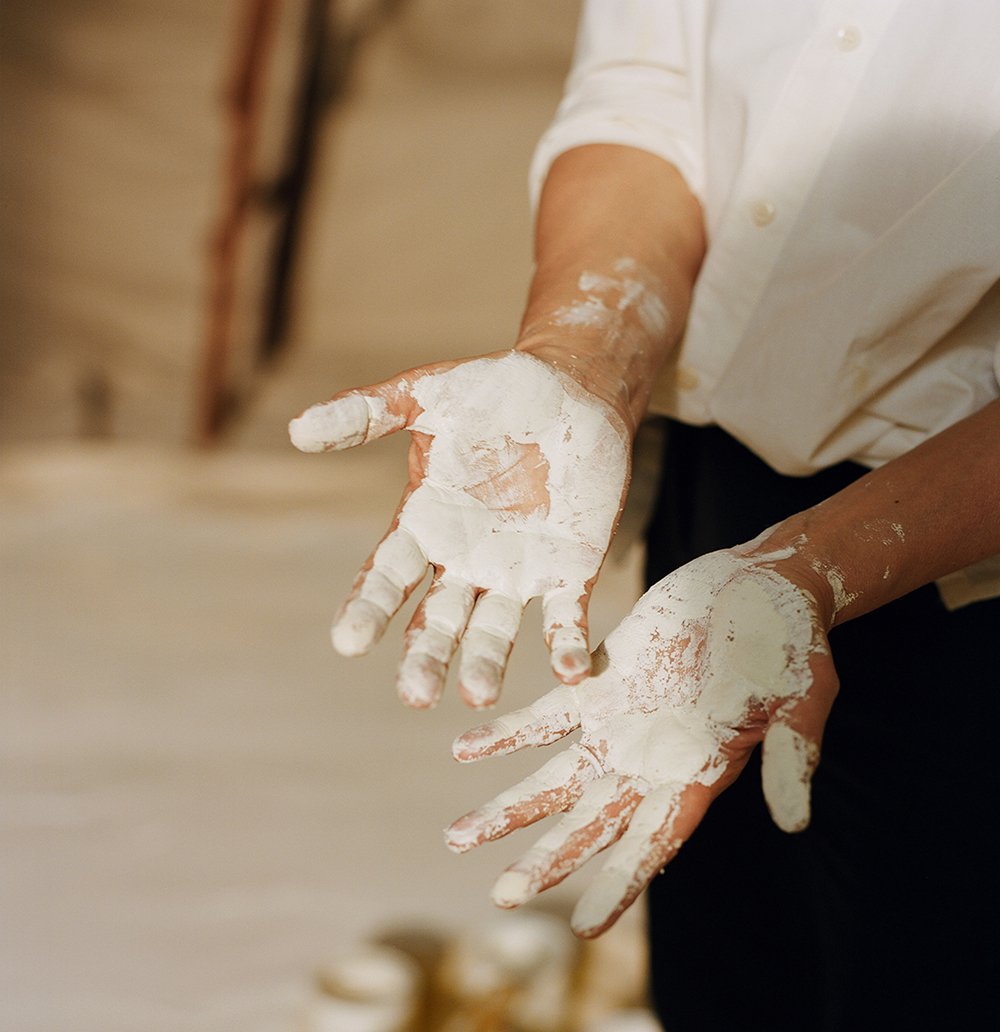
Modern paint manufacturing is deeply carbon intensive and uses an arsenal of chemicals. But here’s the good news: some leaders in the industry have taken notice and companies are beginning to formulate healthier and more eco-friendly alternatives. For example, British paint company Edward Bulmer uses natural (rather than acrylic) binders which have no harmful VOCs and have a high degree of breathability. Edward Bulmer is on a mission to avoid any petrochemicals across their entire range in the future, and they publish lists of the ingredients and mineral pigments that go into their products. A number of their paints are even compostable.
James Greenwood, a paint expert at Graham & Brown explains that their company is increasingly selling only water-based paints, which have less of an impact on the environment and don’t produce VOCs (the company claims their packaging is all 100 per cent recyclable too).
ECOS’ products are also water-based and Pugliares says that no ingredients with harsh fumes typically associated with conventional paints are used. In 2014, the brand became the first North American paint manufacturer to achieve the International Living Future Institute's Declare Label and Red List Free designation, disclosing full ingredients lists and test results for their products. (Here’s an example of what that looks like.)

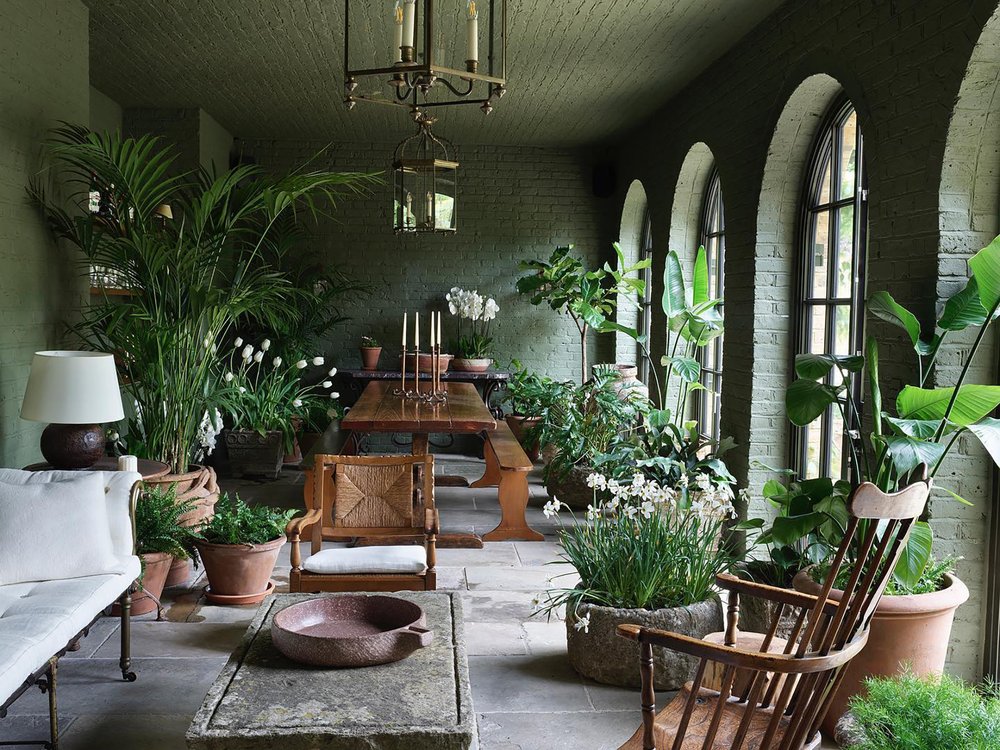
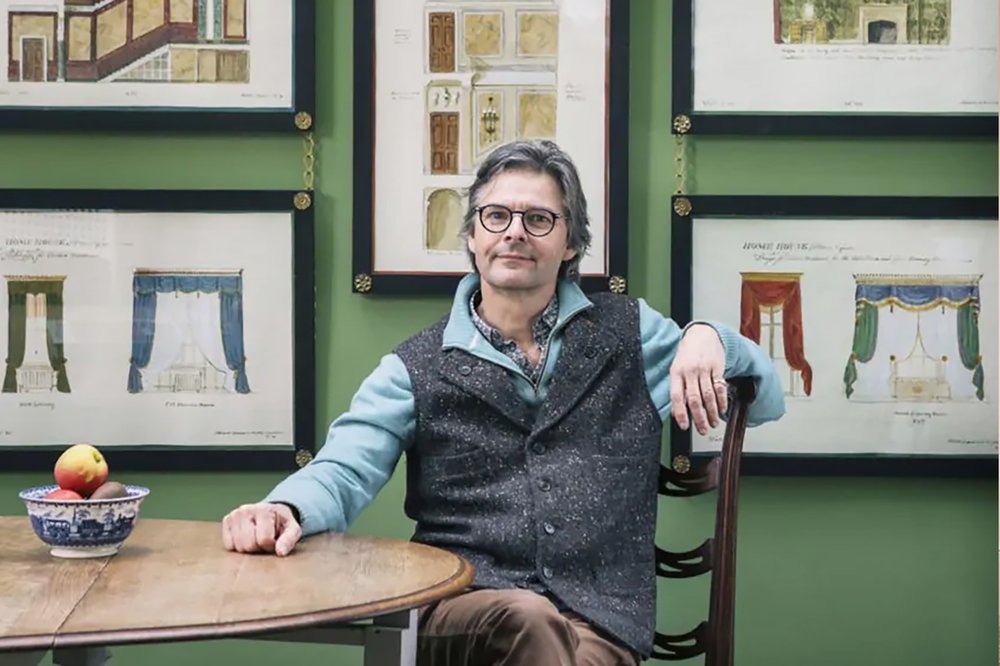
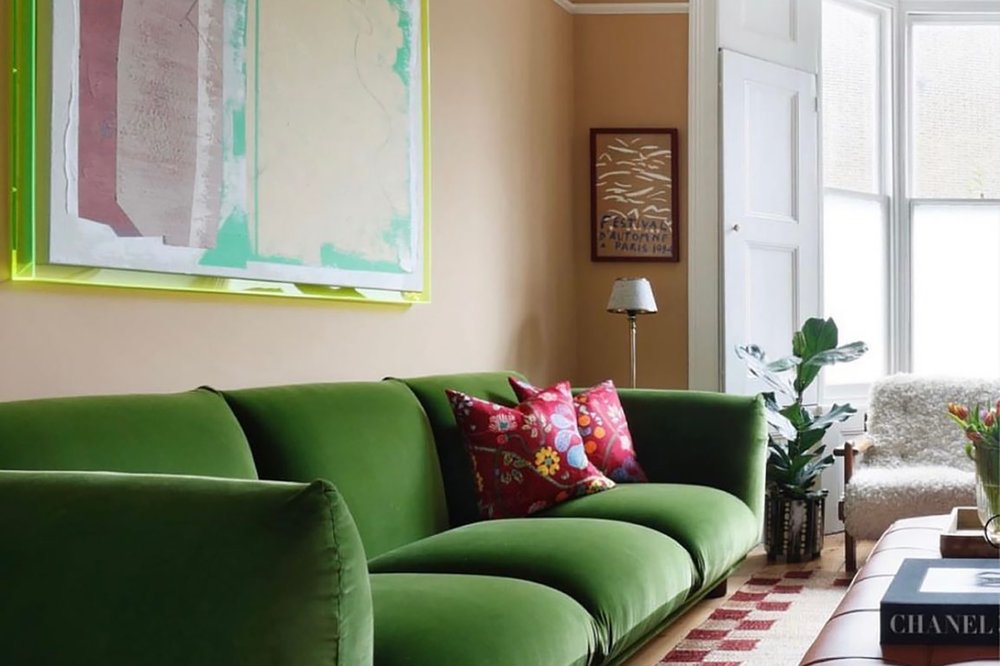
German manufacturer AURO has been a leader in eco-friendly paints made from plants and minerals for over 40 years. Pioneering what they call ‘gentle chemistry’, they run research laboratories and their team of engineers have been responsible for some of the most innovative breakthroughs in the sector. AURO also manufactures for other eco paint brands, and (perhaps consequently) no-one we spoke to for this article had a bad word to say about them.
Little Greene is a top-shelf paint brand that claims virtually zero VOCs in their water-based paints. Ruth Mottershead, the brand’s creative director says that their oil-based paints are eco-conscious too, made with sustainable vegetable oils. “We insist on using the finest natural, organic, and safe synthetic pigments, which give superb depth of color, high covering power and the long life expected from modern paints.”
Graphenstone is another British natural paint company whose breathable product range uses no micro-beads nor petrochemicals, but rather a carbon-based graphene binder. They’ve achieved gold certification from the Cradle to Cradle institute, and recently collaborated with interior designer Rose Uniacke to create a range of non-toxic mineral-based paints in beautiful nature-inspired tones.

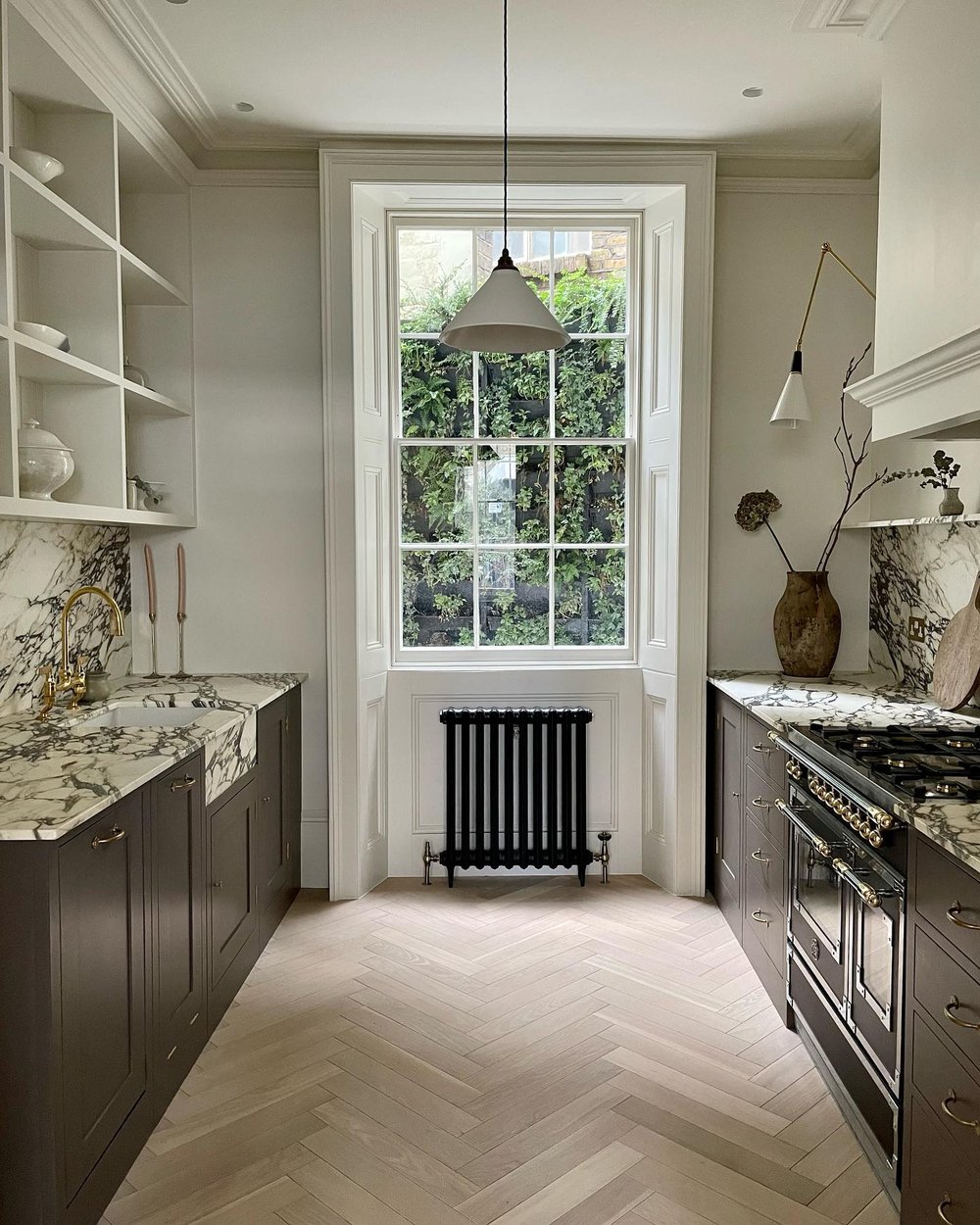
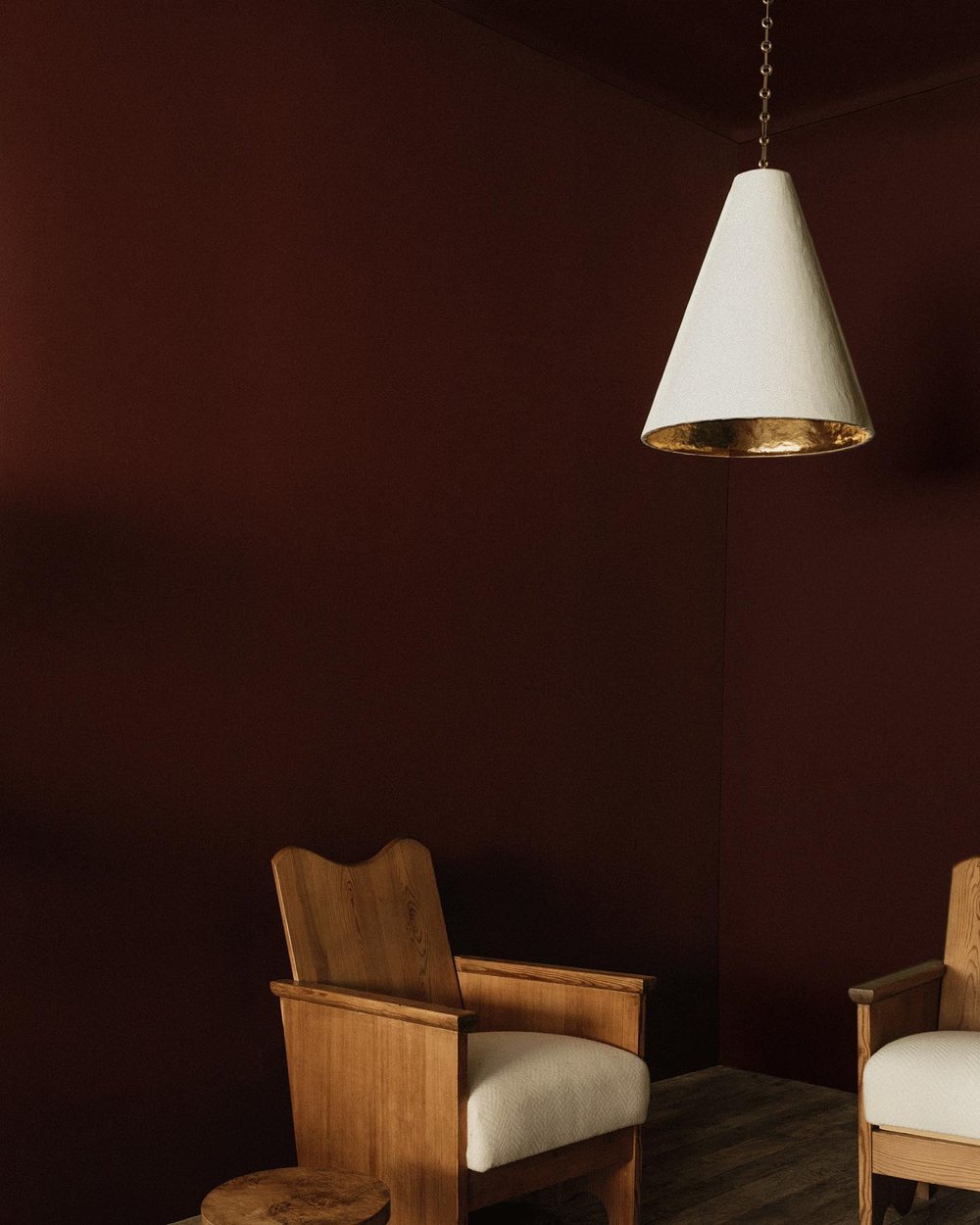
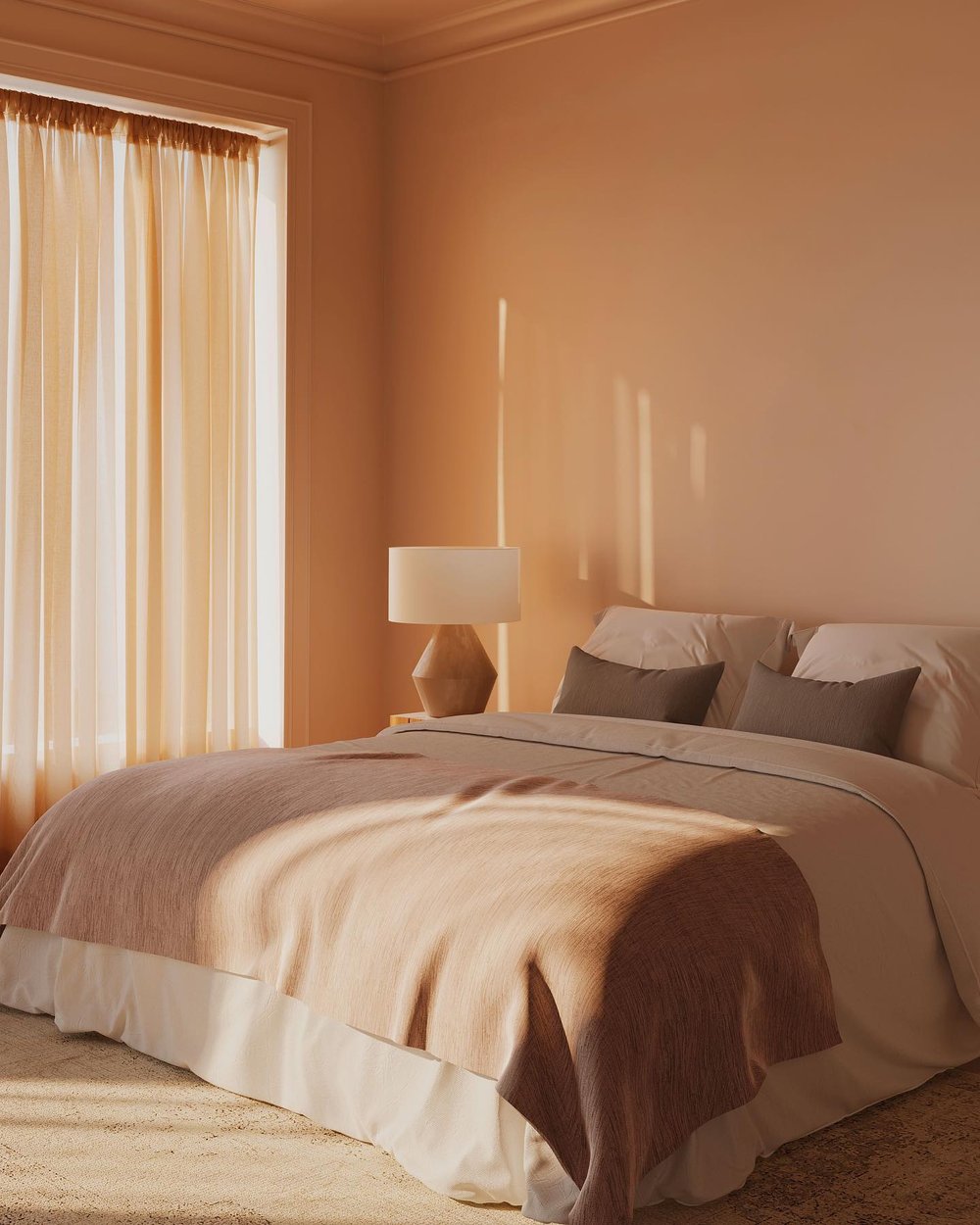
One way to buy healthier paints is to look for products that meet the strict VOC emissions standards of the CDPH Standard Method, or to look for Greenguard Certification, both awarded by UL Solutions. Parsons Healthy Materials Lab also recommends looking for paints that meet the Green Seal-11 (GS-11) standard from 2010 or later. This certification limits the content of VOCs and prohibits other potential hazards. They also recommend opting for mineral-based or linseed oil paints wherever possible.
But Edward Bulmer cautions about greenwashing in the industry, noting that there is no enforceable environmental regulation in the paint industry at present, keeping the brand’s marketing claims in check. Bulmer challenges his peers in the industry to join the campaign against plastic paint and to publish their ingredient lists. “Most brands hide behind their packaging, good business practice, attractive marketing – they don’t tell you the dirty fossil fuel truth about their paint,” he says. “Even ‘carbon neutral’ and ‘climate positive’ paint brands are hiding the full truth behind the green carbon-offset label.”
By seeking out low-VOC, natural or mineral-based paints, you’re supporting brands that are putting your health first – a way to vote with your dollars that puts pressure on other paint brands to do the same. As mentioned above, when paint isn’t disposed of properly, harmful chemicals will end up in soil and water, so proper disposal is important to keep in mind. Do not pour paint down the drain; this is one way it can cause environmental pollution. Instead, contact your local hazardous waste disposal agency for details on where you can drop off unused paint so it can be disposed of properly.
Photography: Rose Uniacke, Mladen Antonov/AFP, Graphenstone, Edward Bulmer, Plain English Design, ECOS Paints

5 min read
WLLW explores the category of mineral paints, and tests four that meet our requirements for creating healthy and sustainable interior spaces.
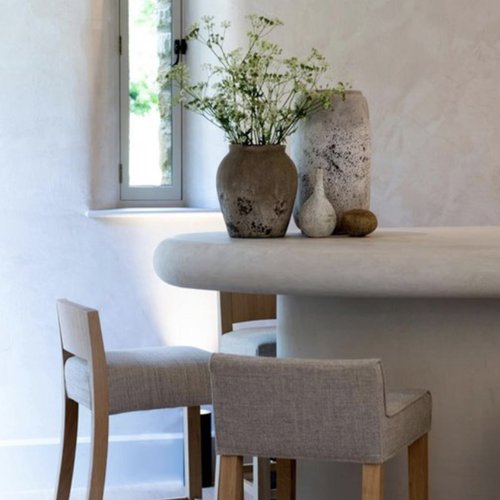
3 min read
Clayworks is embracing natural materials and traditional techniques, to add depth, tonal interest and warmth to healthy homes.